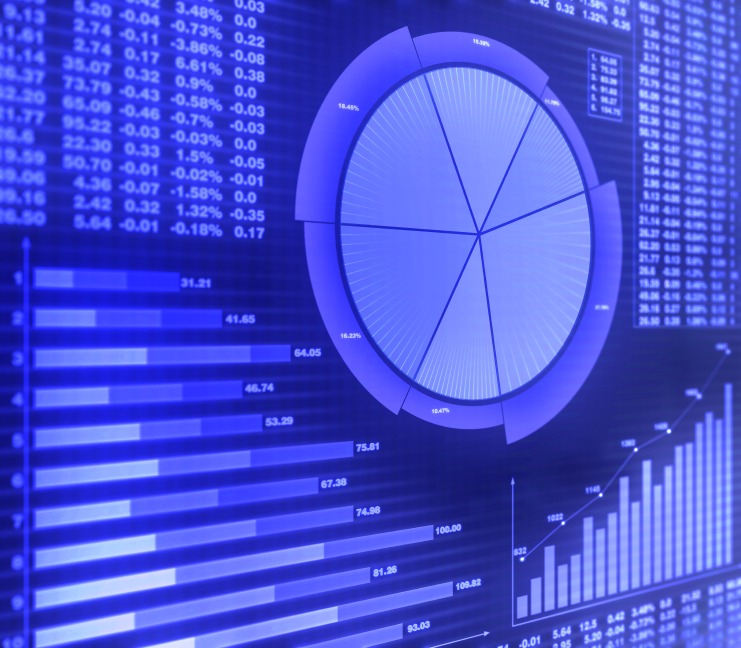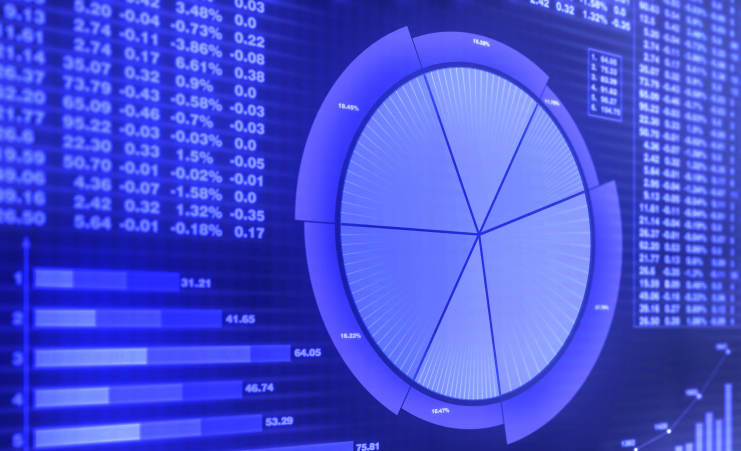
Big Data is 21st-Century Gold

Bentley University Homepage Feature
Every generation has its Gold Rush.
For Generation X, it was the Tech Boom. For Millennials, it might just be the Big Data Revolution. Instead of pickaxes and pans, though, today’s data miners will use science and software to unearth 21st century gold – keen business intelligence.
“Business data analytics professionals sift through all kinds of information, both internal and external, to help their employers gain insight about business operations, competitors, consumers, citizens, criminals, health-care delivery, and living standards, among other areas,” says Professor of Mathematical Sciences Dominique Haughton, who specializes in business data analytics education.
As data storage costs continue to plummet, organizations are stockpiling mountains of data. It’s up to data miners, knee-deep in digital information, to make business sense of these stockpiles.
“The term business analytics was coined by corporations in the late 1980s to mean data analysis applied to business problems,” Haughton wrote in chapter six of the forthcoming “Shaping the Future of Business Education.” “Typically . . . business analytics problems involve large data sets of [for example] one million records.”
A brief history of data
Data wasn’t always so big. In the 1950s, John Hancock was a pioneer in analyzing customer information, storing up to 600 megabytes of data from two million life-insurance policies.* Now, Facebook stores more than 100 million petabytes of user information.* (One petabyte equals one billion megabytes.)
“Data traditionally consisted of numbers and fixed text, or ‘structured data,’ that was easily processed by software and interpreted by accountants, managers, and others,” says Associate Professor of Information Technology Jay Cooprider, who also manages the Master of Science in Information Technology program.
“In recent years, people began to share photos, videos, audio files, and thoughts online,” adds Cooprider. “Throw in weather, traffic, RFID, health-imagery, sensory and streaming data, and all this ‘unstructured data’ is proving tough to categorize – or even recognize – with today’s software. IT people are trying to build software – like NoSQL and Hadoop – that categorizes these new forms of data.”
Enter the data scientist
Part statistician, business analyst, social scientist, database manager, detective and storyteller, business data analytics pros must make sense of mounds of organizational information.
Creative thinking and effective communications skills are a must. Not only must data scientists be able to understand the raw figures, but they must also be able to connect the data dots, which can reveal compelling new business narratives.
Connecting the dots helps organizations to improve operations, identify new target markets, improve products and develop new ones, detect fraud, analyze music and literature, assess living standards and provide better health care and other services.
A growing need
As data stockpiles expand, so does the need for data scientists. According to a 2011 McKinsey Global Institute report, “there is a shortage of anywhere from 140,000 to 190,000 employees with 'deep analytics capacity,' and an even greater shortage of “data-savvy managers (1.5 million).”
In a recent IBM-Oxford University report on big data, almost two-thirds of respondents noted that quality data analytics could create “a competitive advantage for their organizations.”
While the concept of “big data” might be trendy, according to Cooprider, that won’t eliminate the growing pile of data that needs to be analyzed by all manner of organizations.
“Businesses must learn to think about – and manage – data in an entirely different way, and build a whole new set of tools to analyze new forms of data,” says Cooprider. “We feel that business data analytics professionals must have a solid grounding in analytics, in knowing how to think about and manage data sets, and in business practice. At Bentley, we believe that’s our sweet spot.”
* Wall Street Journal: "How Big Data Is Changing the Whole Equation for Business" (March 10, 2013)
Post a comment